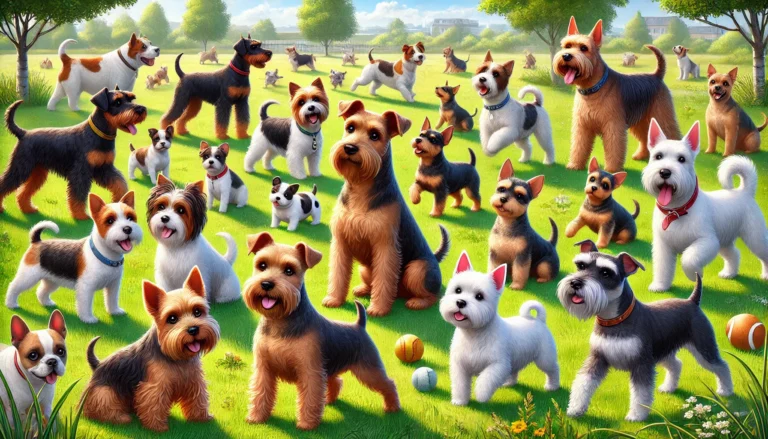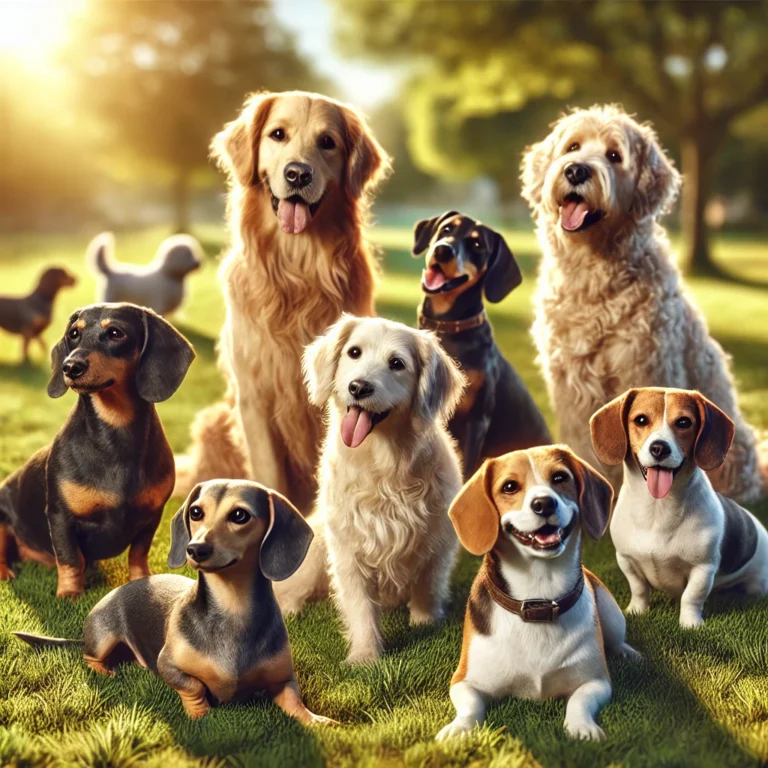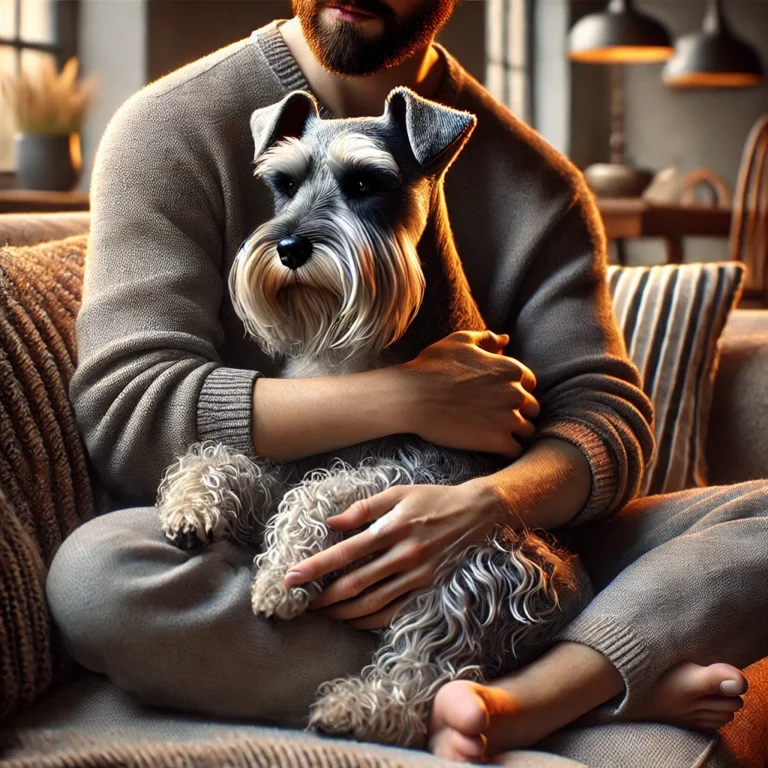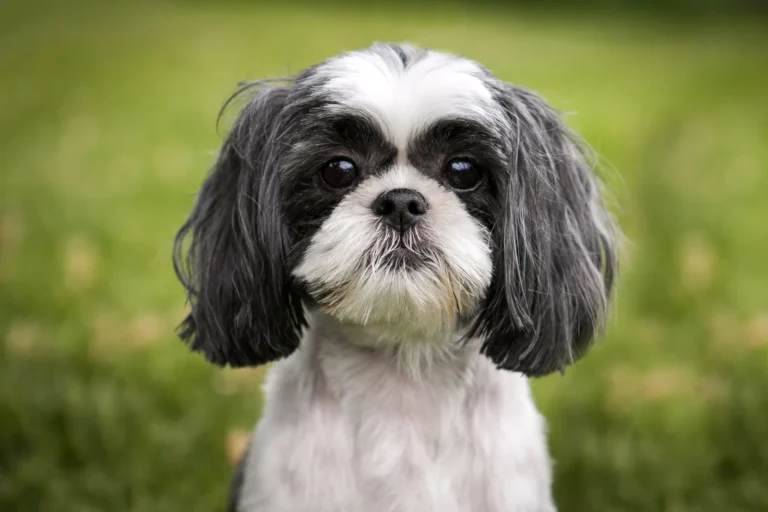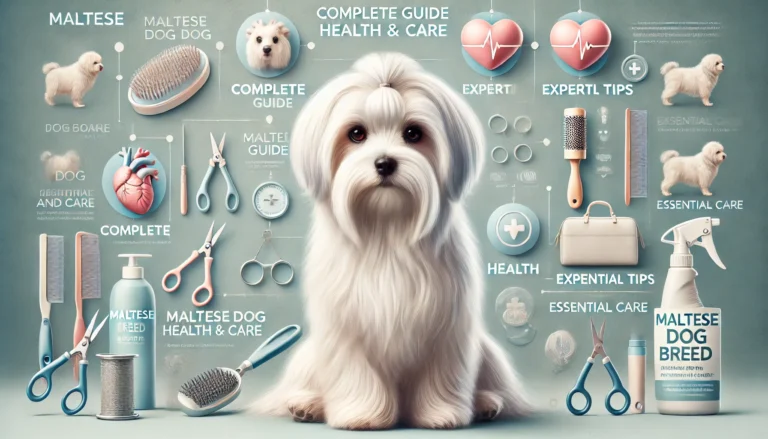Cavapoo dog breed: Health and care
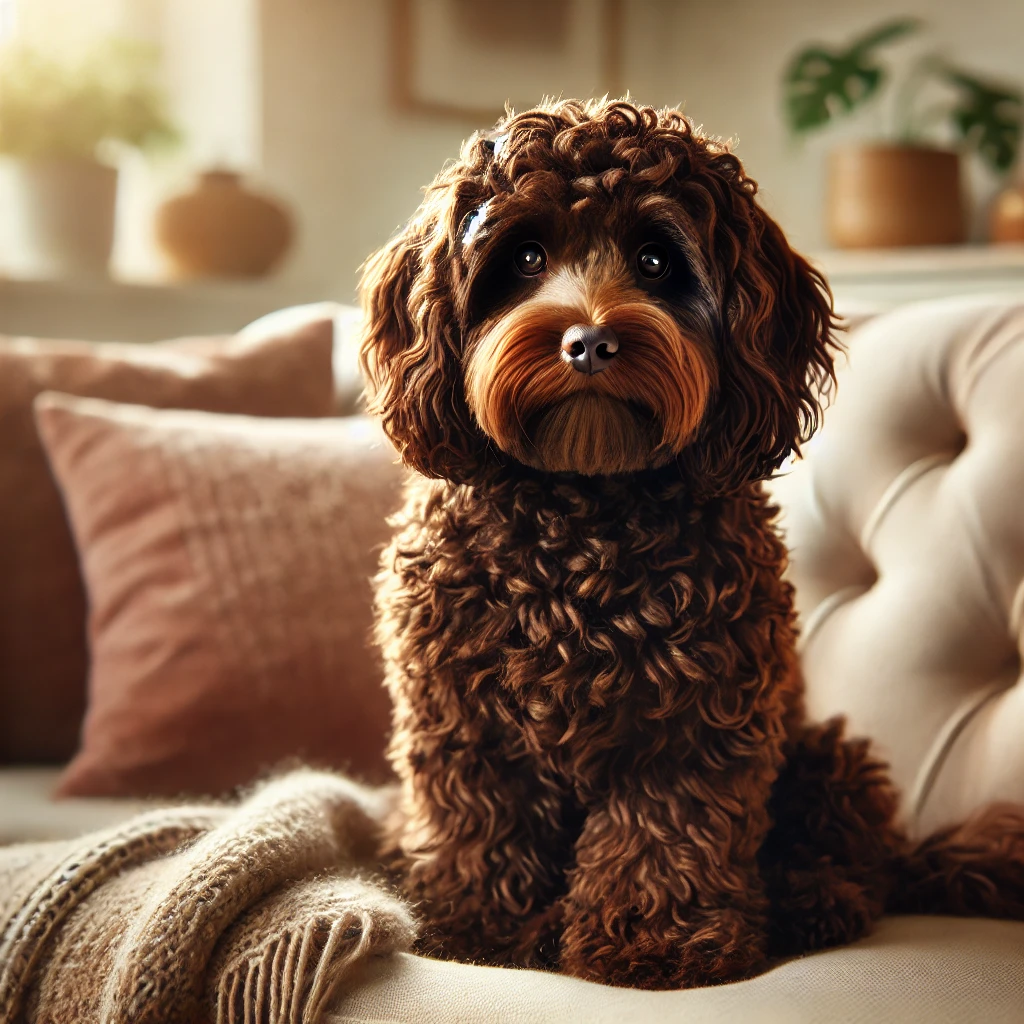
Cavapoos, a delightful crossbreed between the Cavalier King Charles Spaniel and the Poodle, have won the hearts of many due to their affectionate nature and charming demeanor. This breed combines the best traits of its parent breeds: the gentle, friendly temperament of the Cavalier and the intelligence and hypoallergenic coat of the Poodle. Typically, Cavapoos are small to medium in size, making them perfect companions for a wide variety of living situations, from apartments to large homes with yards.
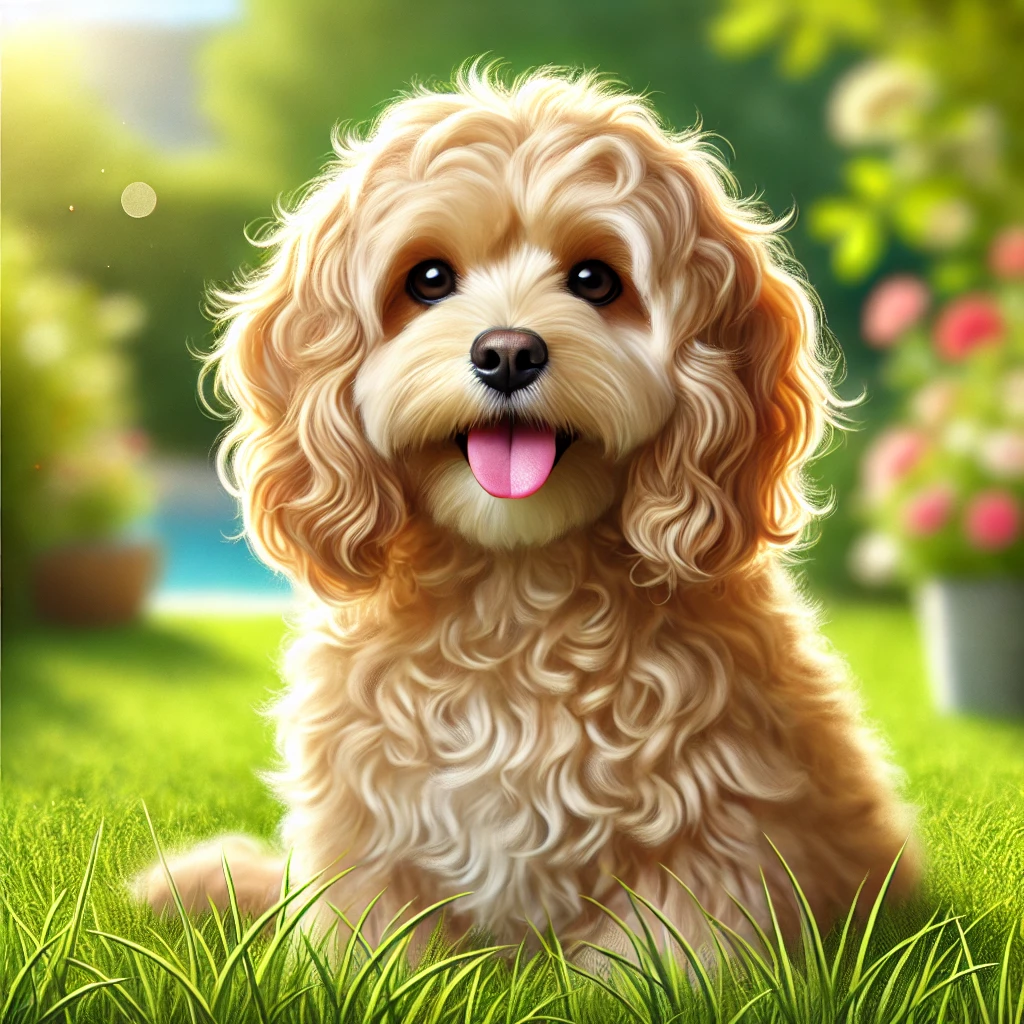
Origins and Breed History
It is one of the oldest designer dog breeds, with its origins dating back to the 1950s in America. Initially bred to be hypoallergenic service dogs, the Cavapoo was intended to combine the robust health and stamina of the Poodle with the sweet-natured composure of the Cavalier King Charles Spaniel. Over the decades, it has become popular primarily as a family pet, renowned for its loving and gentle personality.
Physical Characteristics
| Aspect | Details |
|---|---|
| Origin | Crossbreed (Cavalier King Charles Spaniel and Poodle) |
| Size | Small to Medium |
| Weight | 9 to 25 pounds |
| Coat Type | Soft, curly to wavy |
| Coat Colors | Cream, fawn, chocolate, gold, black |
| Lifespan | 10 to 15 years |
| Temperament | Friendly, sociable, intelligent, affectionate |
| Health Risks | Mitral Valve Disease, Syringomyelia, Hip Dysplasia, Progressive Retinal Atrophy |
| Dietary Needs | Balanced diet; varies with age, activity level, and health |
| Exercise Needs | Daily walks and play sessions; mental stimulation required |
| Grooming Needs | Regular brushing several times a week, monthly baths, professional grooming every 6-8 weeks |
| Living Conditions | Adaptable to both apartments and houses with yards |
| Cost of Ownership | Initial costs (purchase, vaccinations), ongoing costs (food, grooming), unexpected costs (health emergencies) |
Temperament and Behavioral Traits
Known for their affectionate and friendly nature, they make excellent pets for families with children and other animals. They are highly social dogs that thrive on interaction with their human families. Training should focus on positive reinforcement techniques, as they are sensitive to tone and can become withdrawn if treated harshly. They are also known for being particularly intelligent, picking up on training cues quickly and enjoying the mental stimulation that comes from learning new things.
Health Overview
Cavapoos are generally healthy, but they can inherit some of the common genetic health issues of their parent breeds.
Table: Common Health Problems and Symptoms
| Health Condition | Symptoms | Recommended Actions |
|---|---|---|
| Mitral Valve Disease | Coughing, fatigue after exercise | Regular veterinary checkups |
| Syringomyelia | Neck pain, sensitivity to touch | MRI, neurological consult |
| Hip Dysplasia | Limping, difficulty rising | X-rays, weight management |
| Progressive Retinal Atrophy | Night blindness, dilated pupils | Genetic testing, regular eye exams |
Did you know?
Sleeping routine of a dog is one of the initial triggers to check the health of a dog. Hence, it is important to note and study normal sleeping hours of your dog breed.
Nutritional Needs
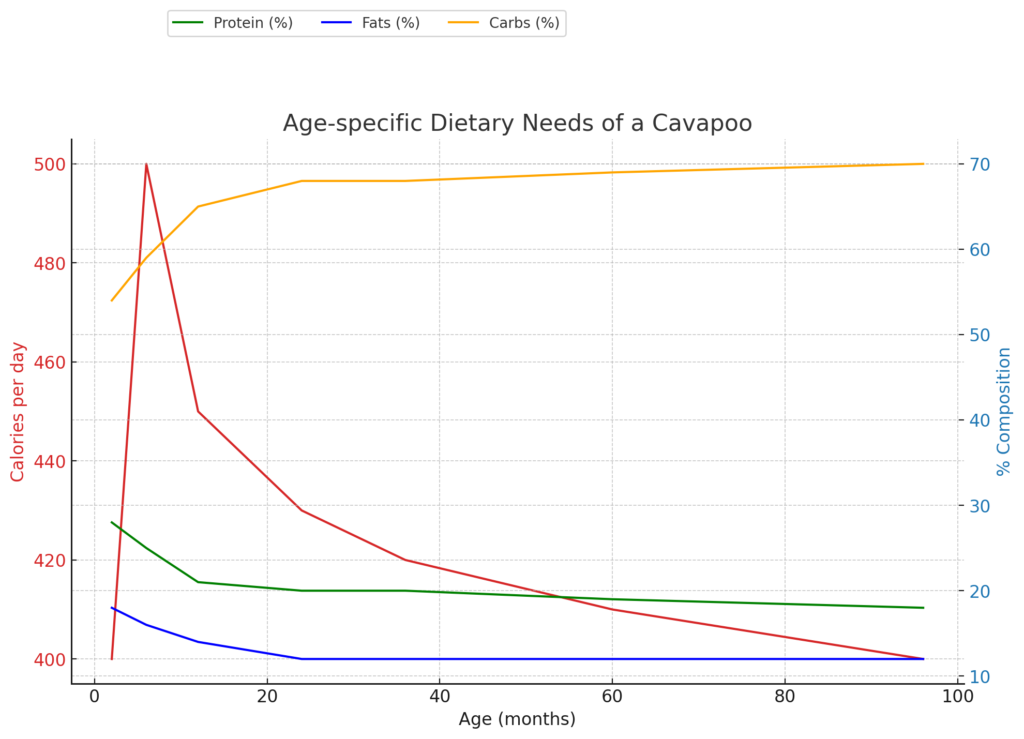
They require a balanced diet rich in nutrients. Puppies, especially, need diets that support their rapid growth and development. Adult dogs should be fed a well-balanced diet that keeps them at a healthy weight. Overweight dogs can suffer from increased joint problems and other health issues. Owners should consider foods that cater to their age, weight, and activity level, avoiding foods with fillers and artificial additives.
Grooming and Care
Regular grooming is essential for keeping a Cavapoo’s coat in good condition. They should be brushed several times a week to prevent matting and bathed once a month. Professional grooming every 6-8 weeks can help manage the coat, especially during the shedding seasons. Regular ear cleaning and nail trimming are also important to prevent infections and discomfort.
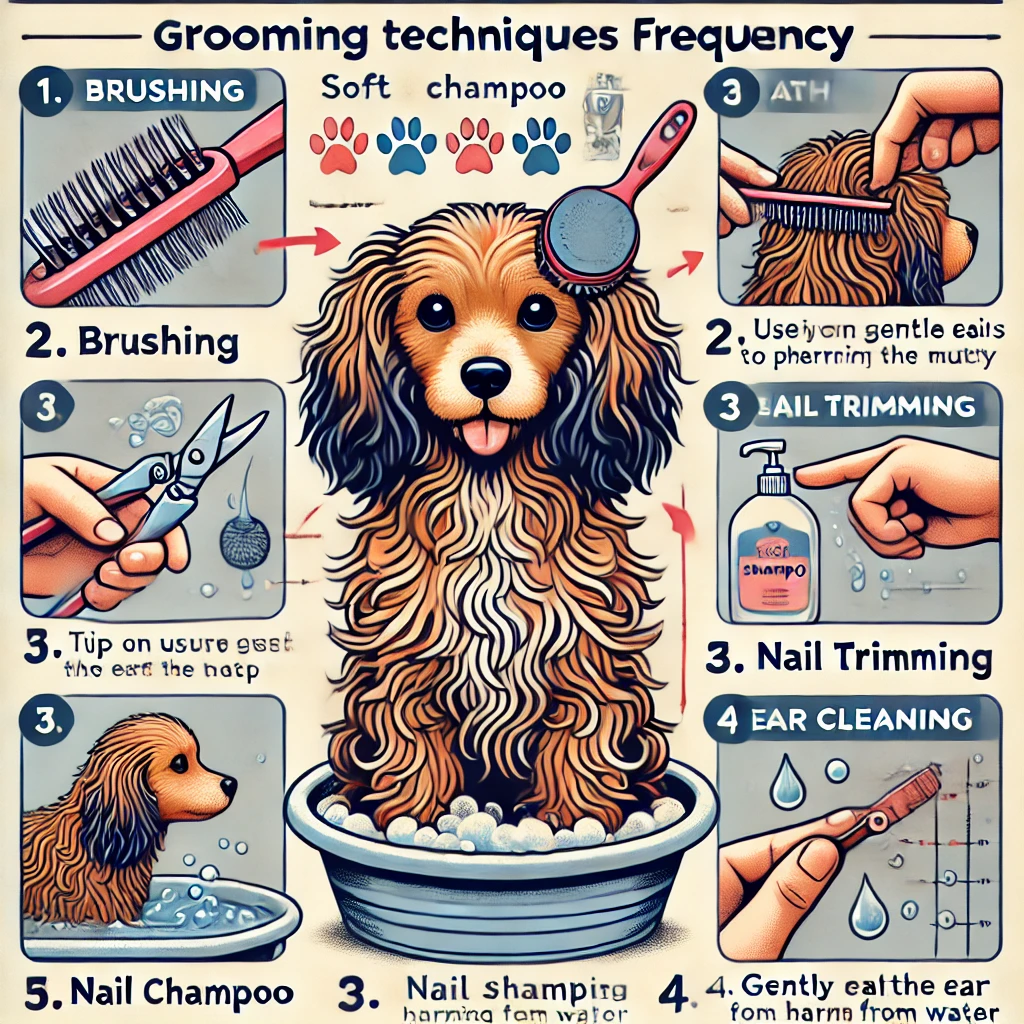
Exercise and Training
They are energetic dogs that need regular exercise to maintain their health and happiness. A daily walk, alongside play sessions, will help meet their exercise needs. Training should start early, focusing on basic obedience and socialization. They are eager to please and respond well to positive reinforcement techniques such as treats and praise.
Living Conditions
They are adaptable to a variety of living conditions. They do well in apartments as long as they have enough space to play and receive adequate daily exercise. They are also suited to homes with yards, though the yard should be securely fenced to prevent them from wandering off.
Breeding and Puppy Care
Prospective breeders should ensure they are breeding responsibly, with a strong focus on health and temperament. Puppies should be handled from a young age to ensure they are comfortable with human interaction. Initial vaccinations and veterinary care are crucial in the early weeks of a puppy’s life.
Adoption and Rescue
Adopting a Cavapoo can be a rewarding experience. Many end up in rescue due to the lack of understanding about their care needs. Prospective owners should consider adopting from shelters or rescue organizations dedicated to rehoming them and other mixed breeds.
Costs of Ownership
The initial cost can vary widely, but other costs such as food, grooming, and veterinary care can add up. Prospective owners should budget for both predictable and unexpected expenses throughout its life.
Conclusion
Owning a Cavapoo is a long-term commitment that brings immense joy and companionship. Prospective owners should be prepared for the responsibilities involved in caring for a Cavapoo, ensuring they lead a healthy, happy life.

